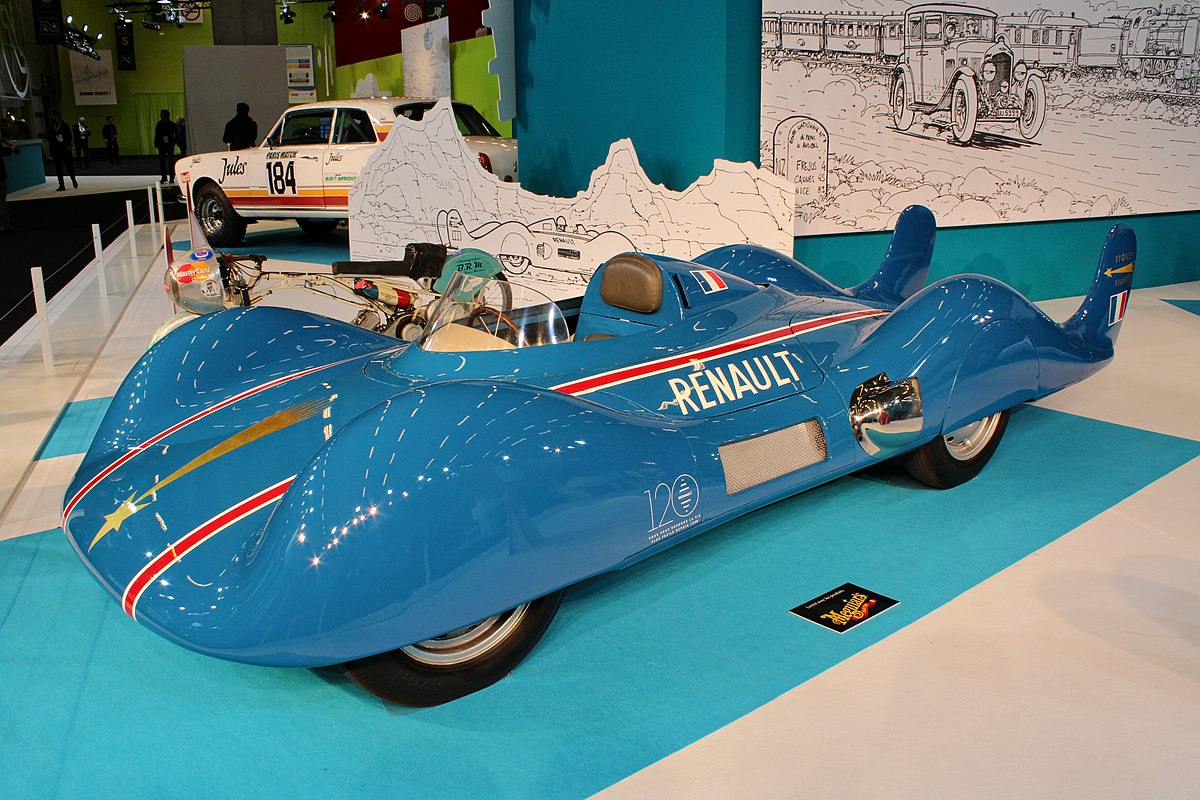The GT-601 gas turbine was produced by Industrial Turbines International (ITI), a joint venture between Garrett AiResearch, Mack Trucks and KHD (Klöckner Humboldt Deutz AG), established in 1972 to produce gas turbines specifically designed for heavy trucks.
Klöckner Humboldt Deutz has been manufacturing gas turbines since 1956. In 1980, the KHD gas turbine plant was renamed KHD Luftfahrttechnik GmbH and in 1990 it was sold to BMW Rolls Royce, now known as Rolls Royce LLC and a major jet engine manufacturer.
The GT 601 was an all-metal free-turbo engine with a fixed-circuit recuperator. Over 7,000 hours, including over 2,000 hours on trucks. These engines demonstrated the use of fixed-limit recuperators, as well as superior torque compared to diesel engines of similar power, easy cold start and the ability to withstand limited foreign matter.
Originally selected power range for heavy trucks was 450-638 horsepower (335-476 kW), but later ITI created an engine range of 550-750 horsepower (410-559 kW) to better target the tracked military machinery segment.
The GT-601, mounted on the experimental XM723 infantry fighting vehicle (a precursor to the Bradley combat vehicle), was bundled with a four-speed Detroit Diesel Allison X-300 automatic transmission without a hydrotransformer.
History of development of GT-601
1974 - Initial design work begins.
1976 - Final design completed.
1978 - Production of early prototypes. The results proved that the GT-601 is very reliable.
In 1979, the first GT-601 was tested on the Mack R-795S 6x4 tractor.
The U.S. Army Armored Vehicle Engineering Research and Development Center (TARDEC) and ITI sign a one-million-dollar contract to identify the gas turbine as a viable propulsion system for tracked military vehicles. Special test programs were created for the Army XM2 Infantry Fighter Vehicle and the XM3 Cavalry (Reconnaissance) Fighter Vehicle, requiring an increase in power to 750 horsepower.
1980 - Tests of a gas turbine truck (Mack Trucks) at the U.S. Army Yuma Range in southwestern Arizona.
1981 - The 638-horsepower GT-601, mounted on the 45,000-pound XM723 combat mechanized infantry vehicle (MICV), underwent a demonstration test of the TACOM Phase II from August 17 to November 5 at the General Motors test site in Milford, Michigan. Garrett GT601 gas turbine engine paired with Detroit Diesel Allison X-300 transmission without hydraulic transformer installation. There were almost no problems with the engine.
Combined with additional U.S. Army tests of the GT-601 on M2 infantry fighting vehicles, Mack 6x4 tractors, and M-48 main battle tanks, a feasibility study was conducted over 6,200 miles.
1982 — GT-601 has completed 1000-hour qualification and multi-fuel tests.
1983 - The XM723 with the GT-601 engine underwent TACOM Phase III demonstration testing at the General Motors test site in Milford, Michigan, from January 4 to 18, from March 24 to 30, and completed from June 7 to June 9, 1983.
Conclusions:
Blade braking. The U.S. Army found that the apparent advantages of the turbine "blade braking", the unique feature of the GT-601, provide improved driving quality, as well as the ability to maintain low speed on the descent without braking the car.
Inlet gate blockage. It has not been shown that the engine has any negative effects from depression on the inlet of the 55 inches H 20, other than reducing power output.
Maximum braking. The inertia of the power turbine does not adversely affect the gear when braking the vehicle.
Back-and-forth maneuvers. This maneuver did not adversely affect the integrity of the engine and transmission.
The ability to overcome obstacles. A GT601-powered car demonstrated the ability to maintain a computer-predicted balance speed at a 60 percent gradient.
The positive experience prompted the U.S. Army to conduct further tests at a test site in Yuma, Arizona, to evaluate various intake filter systems and demonstrate the ability of the GT-601 to operate in extreme sand and dust conditions.
The GT-601 was fitted to additional test vehicles, including the General Dynamics Land Systems Division (EVTB) test bench, the Royal Armaments Research Institute's Chieftain main battle tank, and the French AMX-30 main battle tank. , the Israeli-Russian T-55 main battle tank, the M-109 self-propelled howitzer (at the Yuma and Fort Sill ranges), as well as an air-transport combat armored vehicle

